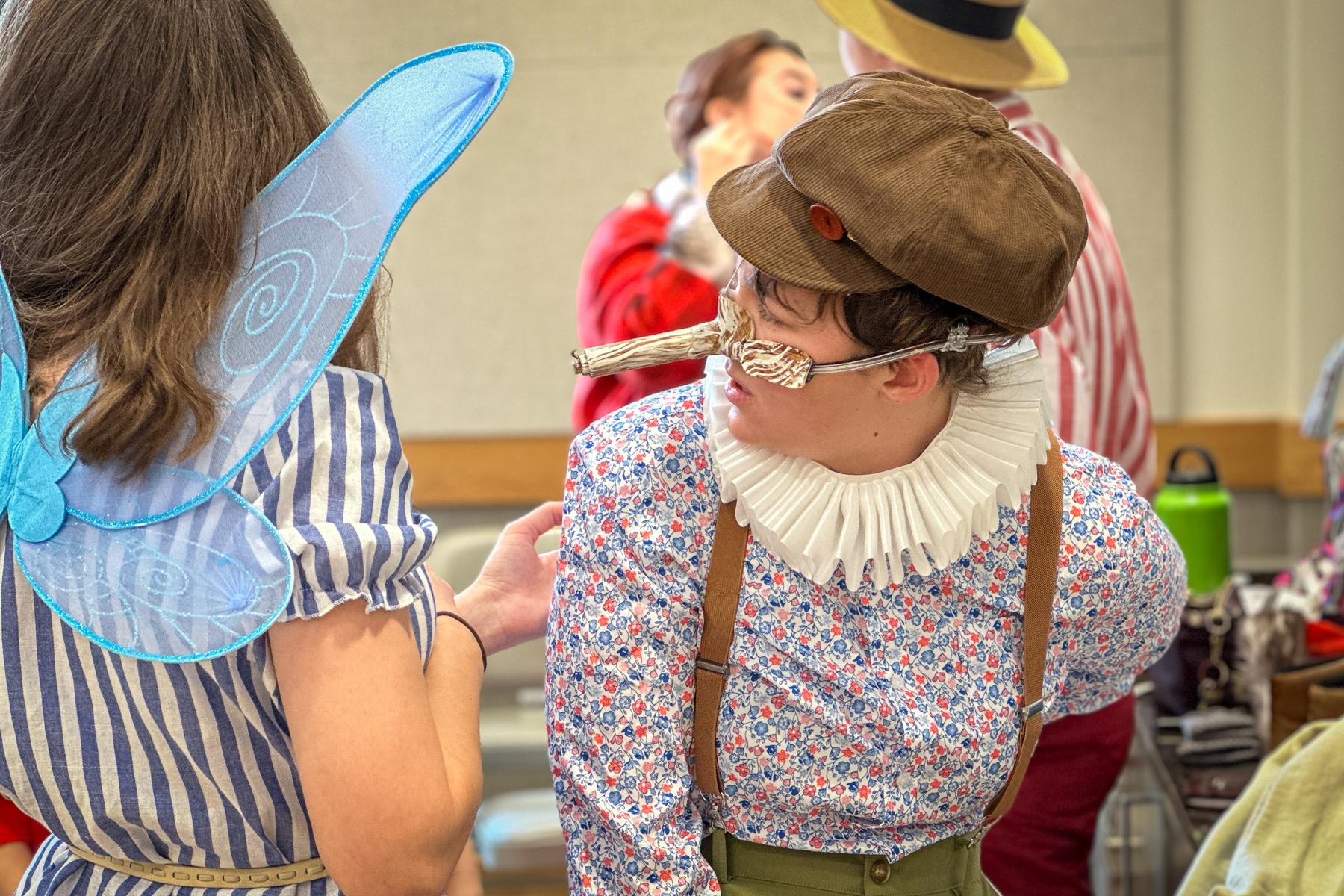
This week you can look up to see the Orionid Meteor shower.
Today I want to tell you about a very special meteor shower which is going on now, and will peak the night of October 20-21st, the Orionids!
The Orionids are not the most dramatic of meteor showers. You should see around 15-20 meteors per hour, although a fairly bright moon may make observing a little more difficult. So why am I excited about the Orionids? It’s because of where they come from.
You may recall from earlier episodes that meteor showers are the result of the Earth, as it orbits the Sun, plowing into the debris trails left behind by comets. Comets are giant balls of ice, dust, rocks, and other things left over from the creation of the solar system over four and a half billion years ago. And as a comet nears the Sun, the solar winds blast the comet, and blow ice, dust, and debris into a long tail behind the comet. And that debris trail stays there in space.
It’s kind of like a sand truck laying down sand after a winter storm -- the truck may disappear down the road and be out of sight, like a comet that has passed around the Sun and departed back into deep space, but the sand laid down on the road remains behind. And when the Earth’s next orbit heads into that debris trail, that sand left behind, those little bits of debris, glow brightly as they burn up in the Earth’s atmosphere.
So what makes the Orionids special? They’re not the biggest or the brightest. But they have a very special origin story. When you observe an Orionid meteor, you are observing the fiery end to debris left behind by the most famous comet in the world. That’s right, the Orionids come from Haley’s Comet, one of the most studied, and almost certainly the most written about comet in world history. Officially discovered by Edmund Halley in 1705, it returns to our neighborhood every 76 years or so. But long before Haley documented its orbit, ancient people recorded the comets visit, often with dread and worry, as comets were seen by many cultures as warnings of bad times to come. If you’re worried, you have a little bit of time. Haley’s Comet will return in July 2061. But if you observe the Orionids, you can see little bits of that comet right now.
If you’d like to take a closer look at the Orionids, or any of the other wonderful and amazing things in the sky, please visit CSASTRO.org for a link to information on our monthly meetings and our free public star parties!
This is Hal Bidlack for the Colorado Springs Astronomical Society, telling you to keep looking up, Southern Colorado!








